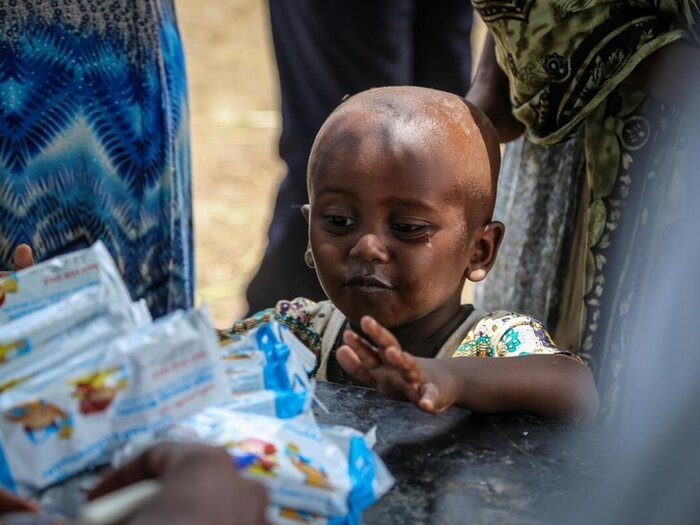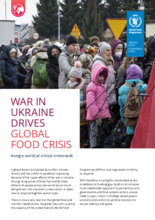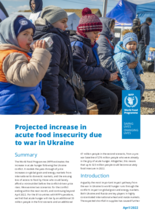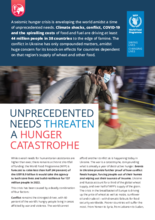Emergency
Global food crisis
- 345 million
- people are facing acute food insecurity in 2023
- 171.5 million
- people WFP aims to reach in 2023
- US$25.1 billion
- WFP's funding needs in 2023
The world faces a global hunger crisis of unprecedented proportions.
In just two years, the number of people facing, or at risk of, acute food insecurity increased from 135 million in 53 countries pre-pandemic, to 345 million in 79 countries in 2023.
Fuelled by conflict, climate shocks and COVID-19, the crisis is escalating as the war in Ukraine drives up the costs of food, fuel and fertilizers. Millions of people are struggling to put food on the table and are being driven closer to starvation in a storm of staggering proportions.
We are at a critical crossroads. We need to rise to the challenge of meeting people's immediate food needs, while at the same time supporting programmes that build long-term resilience . The alternative is hunger on a catastrophic scale.
In focus
A hunger catastrophe
WFP urges G7: ‘Act now or record hunger will continue to rise and millions more will face starvation’
Story | 21 June 2022
South Sudan: Food assistance suspended as funding dries up and nation faces hungriest year since independence
Story | 14 June 2022
‘Keep the world’s attention on Afghanistan’ warns EU humanitarian chief
Story | 15 June 2022




